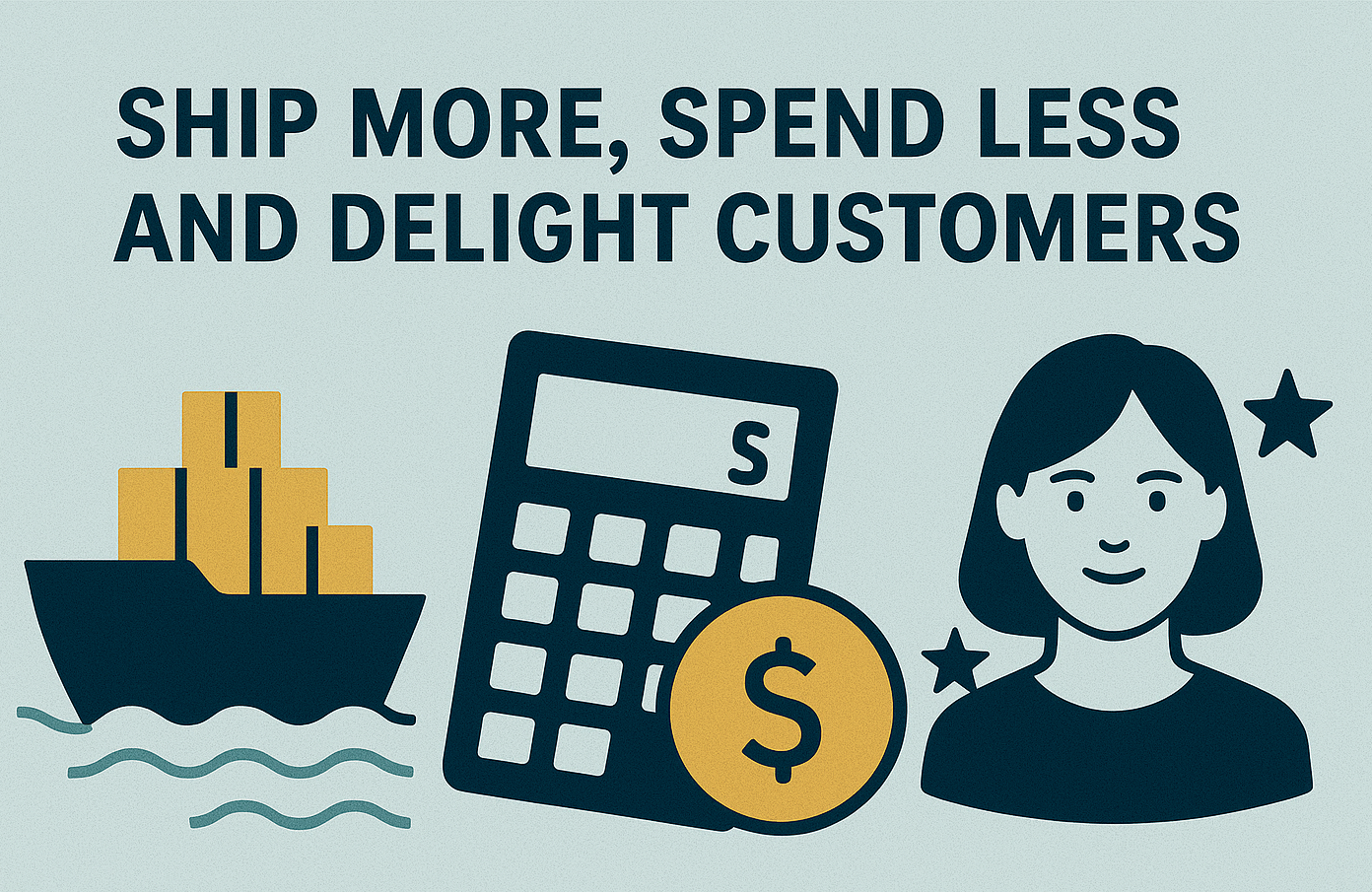Why Now Is the Time to Reimagine Logistics
In the weeks leading up to the holidays, logistics VPs and executives feel the crunch. The last thing on many of their minds is a new transportation management system.
But it should be.
Right now, facilities are humming at full capacity. and the priority is on-time delivery. But companies that rely on legacy tools to track shipments are falling short. Today’s supply chains are too complex – and disruptions too frequent – to rely on yesterday’s mode of execution.
That is why Tompkins Ventures directs clients toward cloud‑native, user‑friendly transportation management system (TMS) platforms. Such systems centralize operations, deliver real‑time visibility and unlock network‑wide optimization. With AI at their core, they also enable smarter decisions and agility when market conditions change.
The Case for AI‑Powered TMS
Traditional transportation management tools operate on fixed rules and historical data. They can track loads and print bills of lading, but they are poor at anticipating disruption or optimizing across modes.
AI‑powered transportation management systems change that equation. By continuously learning from patterns and analyzing real‑time conditions, AI enhances TMS platforms so they can predict and adapt.
Predictive analytics anticipate capacity needs and demand surges, while dynamic routing algorithms adjust shipments based on traffic, weather and carrier performance. Machine‑learning models recommend carriers based on cost and performance history. Automated decision‑making takes over repetitive tasks like invoice audits and shipment assignment.
The resulting system reduces freight spend and speeds responses to disruptions. Predicting accurate, reliable ETAs improves customer service.
Usability is Not Negotiable
But even the best transportation management system won’t work unless supply chain teams can use it.
That’s why Tompkins Ventures only recommends platforms designed by logistics professionals for logistics professionals. Supply chain pros know to emphasize usability and flexibility. They design platforms that provide clean, intuitive interfaces that enable real‑world teams to book shipments, track performance and onboard new users without a steep learning curve.
This means operators actually enjoy using the system. Because if they don’t, all the flexibility, control and power in the world won’t make a difference to your logistics operations.
Every organization operates differently, so workflows must adapt. Configurable fields, role‑based permissions and custom views allow enterprises to match the system to their processes and people. API integrations ensure that the TMS plays well with existing enterprise systems.
Automation features – such as customizable routing guides, waterfall tendering and auto‑tendering logic – replace manual steps and apply business rules to each shipment. Multi‑mode rating and execution let users compare real‑time rates across truckload, less‑than‑truckload and parcel in one place. Meanwhile, freight audit tools catch billing errors and accelerate reconciliation.
Dashboards provide operational KPIs, carrier scorecards and trends across cost, service and performance, giving managers the insights needed to make decisions. This goes beyond collecting data to transforming your systems.
The Right TMS Drives Continuous Improvement
A transportation management system should do more than execute shipments; it should continuously optimize the network.
A modern transportation management system allows shippers to consolidate LTL and parcel shipments into truckload or pooled routes, shift modes when market conditions change and build multi‑stop truckloads that reduce miles and damage risk.
These systems evaluate each lane for cost and service, enabling smart carrier and mode selection and informing decisions about inventory flows. Predictive analytics forecast demand, rates and capacity. That helps supply chain managers make better sourcing decisions and avoid capacity crunches.
The system acts as a single contact point for all modes. This makes documentation and compliance easier and gives complete visibility from start to finish. By putting all transportation data in one dashboard, companies free up staff. Workers can replace manual tracking tasks with more important work like planning and customer service.
Ultimately, reducing freight costs isn’t just about lower rates; it is about transforming how logistics teams operate. The right transportation management system – and the right partner – creates a virtuous cycle of cost reduction and service improvement.
Making 2026 the Year of Logistics Transformation
For companies planning their 2026 logistics budgets, a modern, AI‑enabled transportation management system is the cornerstone of success. And Q4 is the perfect window to set a course for the future.
Tompkins Ventures can connect companies with the right transportation management system. And for those who don’t want go it on their own, we can offer complete managed transportation services.
Let’s evaluate your operations, budgets and growth objectives. The time to start looking for the next‑generation transportation management system is now. Make 2026 the year that you ship more, spend less and delight customers.
Related Reading
- RFID Tracking Systems Transform Inventory Management
- Cold Chain Logistics Services Must Step Up to Meet Changes
- RFID Tracking Systems Transform Inventory Management

Tompkins Ventures matches your enterprise’s challenges with our network of 1000s of Commercial Partners, Capital Partners and Consulting Partners. Our toolbox is unlimited, as every Tompkins Ventures Partner has decades of experience helping companies address the five major factors for business success: Leadership, Capital, Technology, Supply Chain/Facilities and Procurement. In today’s business environment of continual disruption, even the best companies do not do everything great. Your core competency is your business. Our core competency is selecting the right Partner(s) to work with your executive teams to make good companies great. Business strategy and supply chain expert Dr. James A. Tompkins founded Tompkins Ventures in 2020. Our network is based in the U.S. but operates on all continents except Antarctica.

